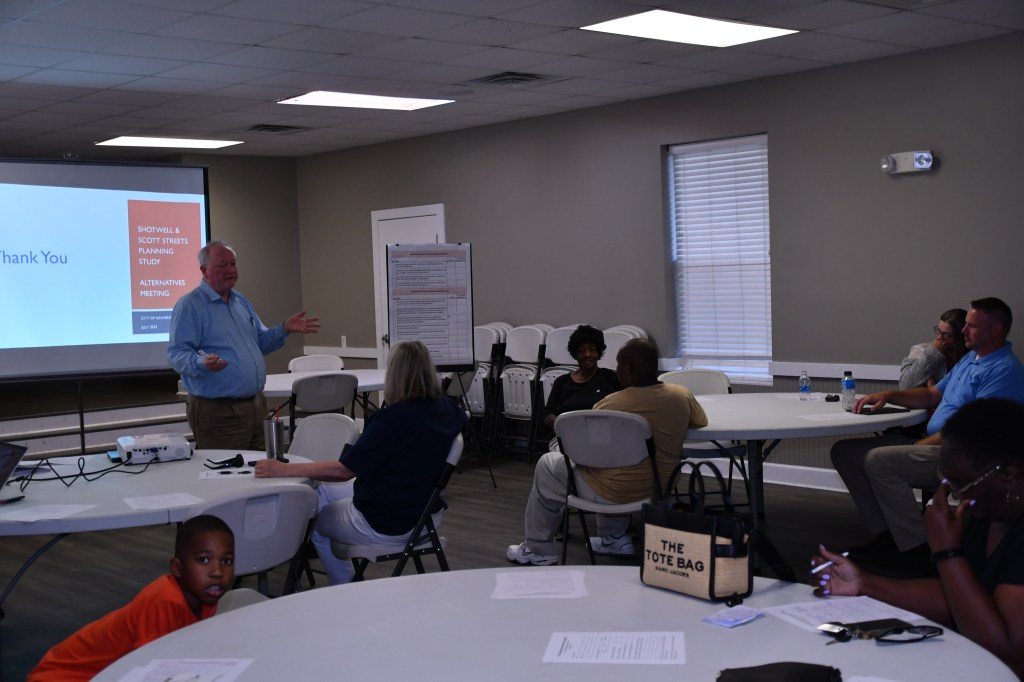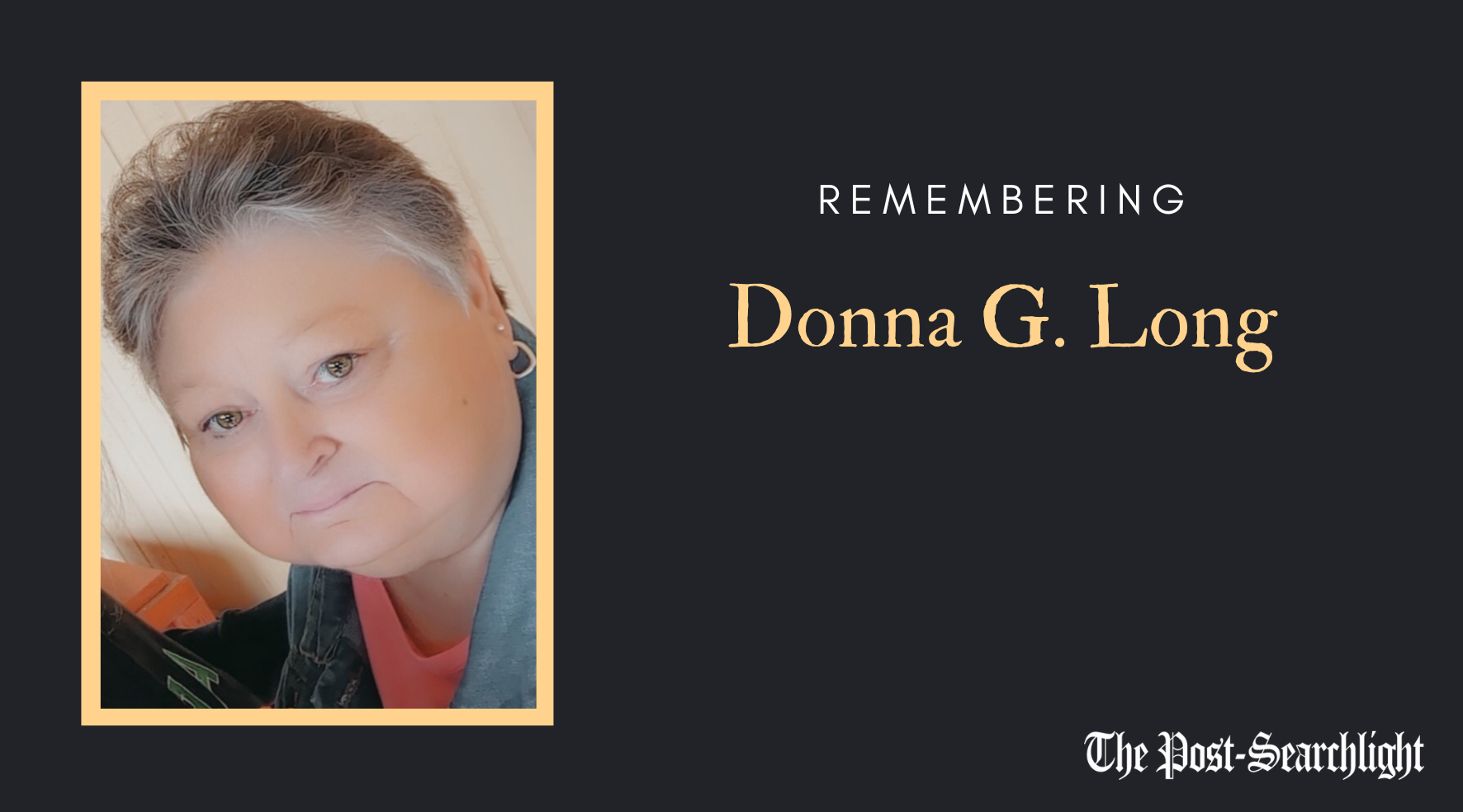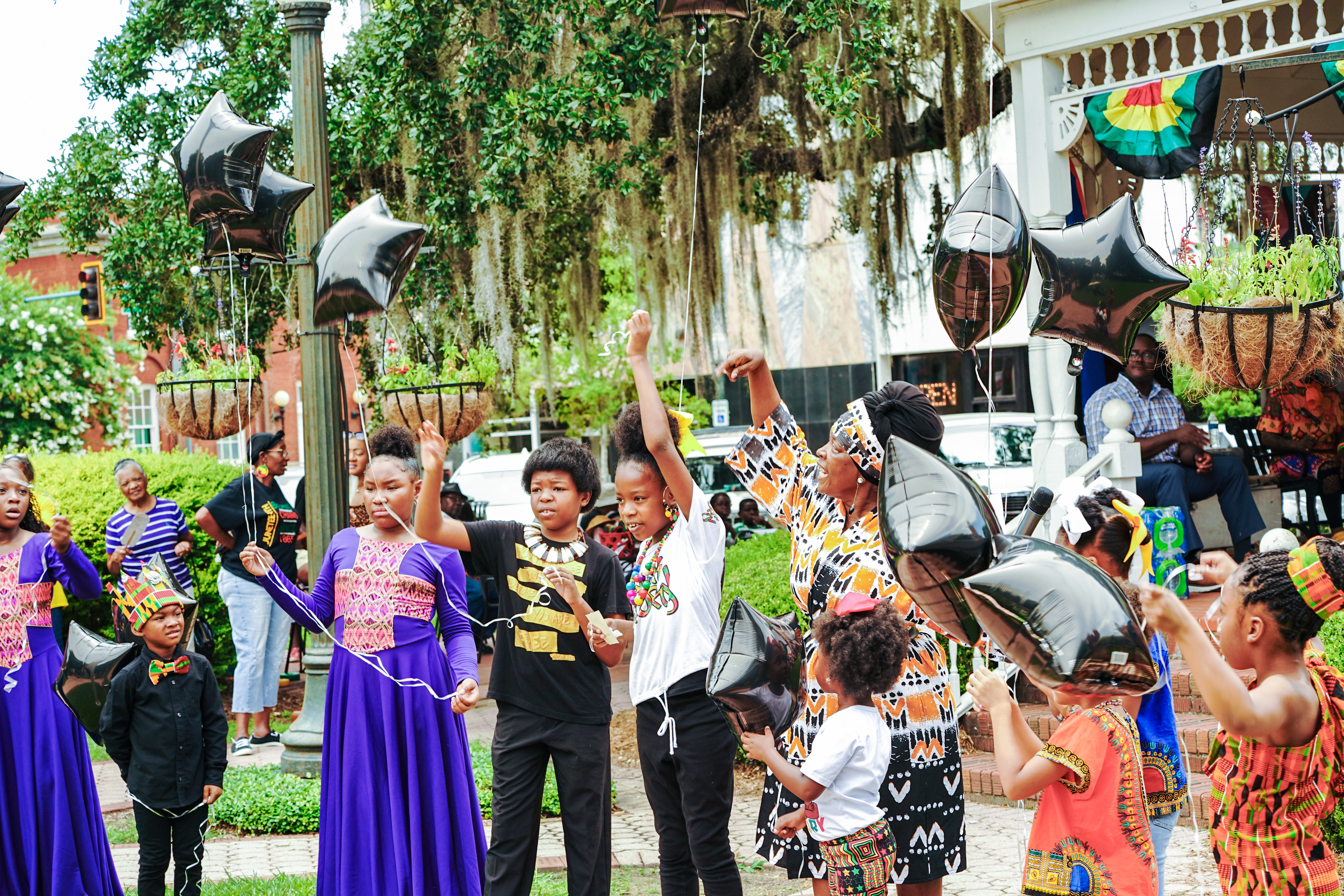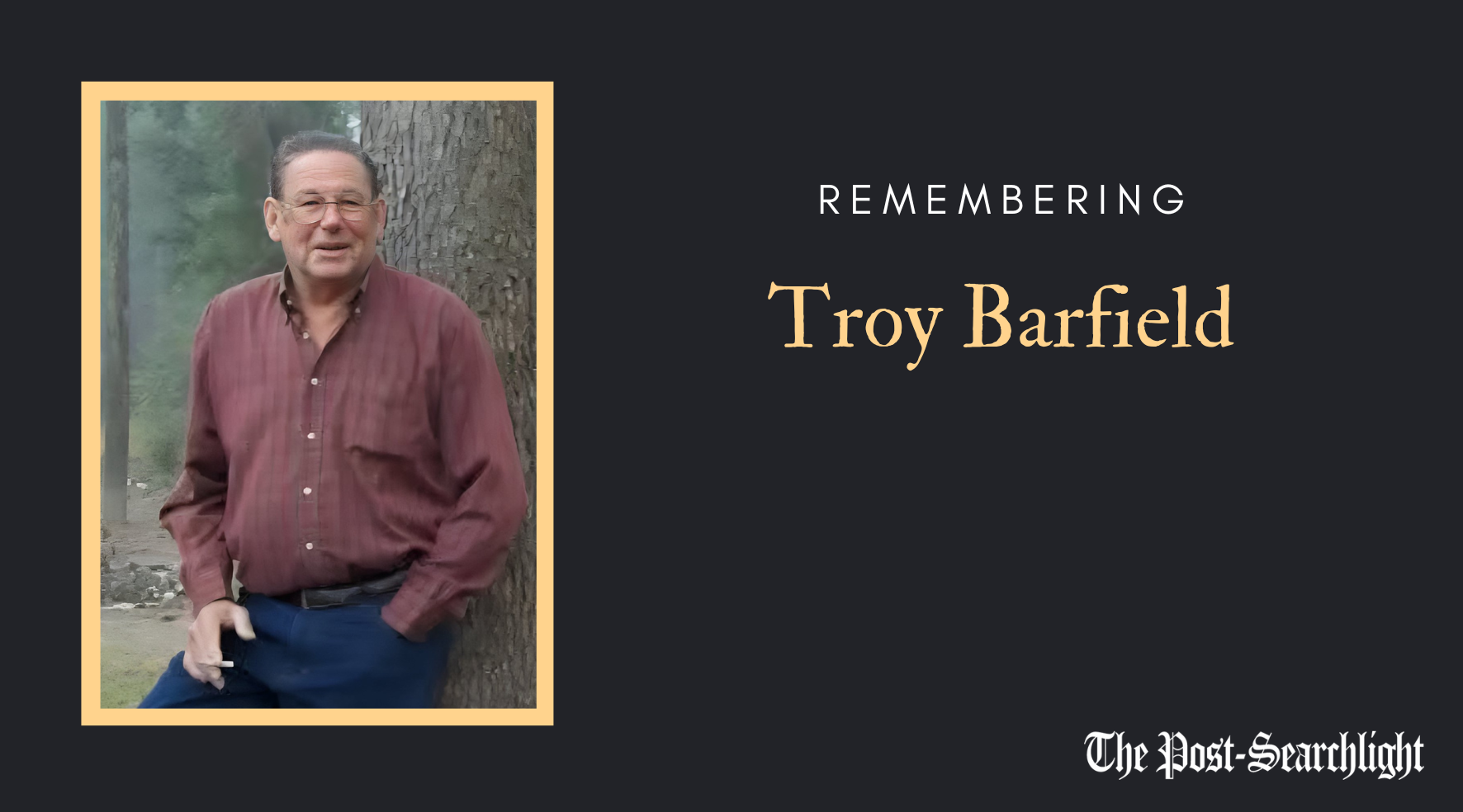Fourth meeting on Shotwell improvement study held
Published 10:31 pm Sunday, July 23, 2023
|
Getting your Trinity Audio player ready...
|
Members of the Bainbridge community gathered at the Joe Sweet Community Center on Thursday afternoon, for another public meeting about Shotwell and Scott Street improvement planning. Again, consultant John Ford, Vice President of Robert & Company was present, as was Jamil Fatti, Robert & Company’s Senior Landscape Architect. City officials were also present, including Director of Community and Economic Development Steve O’Neil. Robert & Company was hired by the city to conduct a study of the Scott/Shotwell corridor, with these meetings designed to allow citizens to voice their opinions on the findings and give input for any future plans for development of the corridor. This meeting was the fourth of a planned five.
Fatti spoke first, discussing issues such as aging buildings on the Shotwell/Scott corridor, as well as methods of reinvestment in these areas. Ford spoke on the strengths and weaknesses of the corridor, from both the perspective of economic development and infrastructure. Some of the infrastructure weaknesses currently found along the streets included curb cuts, cluttered signage, some drainage issues, as well as a lack of pedestrian shade and pedestrian crossing issues on Shotwell Street in particular.
Ford also summarized some of the primary traffic generators on Shotwell, which mainly consisted of grocery stores, the hospital, school and library. He described the different categories of design that should be considered for any designing or development along these stretches of Shotwell. “It’s essentially rural agricultural one you pass to the east of Whigham Dairy. It’s suburban commercial, down to about Sims I think it is,” he explained. These categories of design, according to Ford, are implemented in Florida, by the Florida DOT for road design. “It is urban general, which is the small block’s commercial frontage, from Jones Wheat Primary, all the way to Scott… there’s a part of that from Scott to Clay, which essentially is also urban general, but is a different type of mix.”
Proceeding to Scott’s categories, he said, “If we look at Scott, it’s urban general, but once you get south of Five Points, you have suburban residential, large blocks, larger lots.” Road and sidewalk design should vary along each of these categories, Ford stated, maintaining a cohesive appearance throughout with things like signage and lighting.
Other topics discussed included traffic types on these streets, as well as potential speed limits and the possibility of converting four lane sections of road into three lanes. Following the conclusion of Ford and Fatti”s presentation, members of the public were allowed to ask questions and give their input. Citizens voiced their opinion on things such as whether aging buildings on the corridor should be demolished or refurbished, and issues pertaining to foot traffic.






